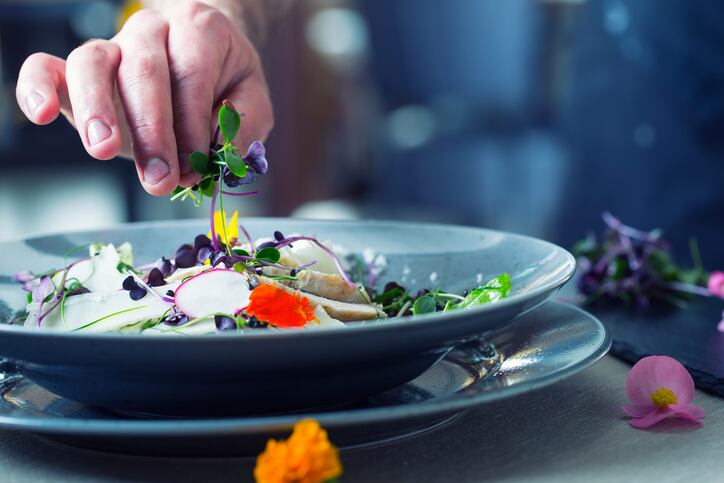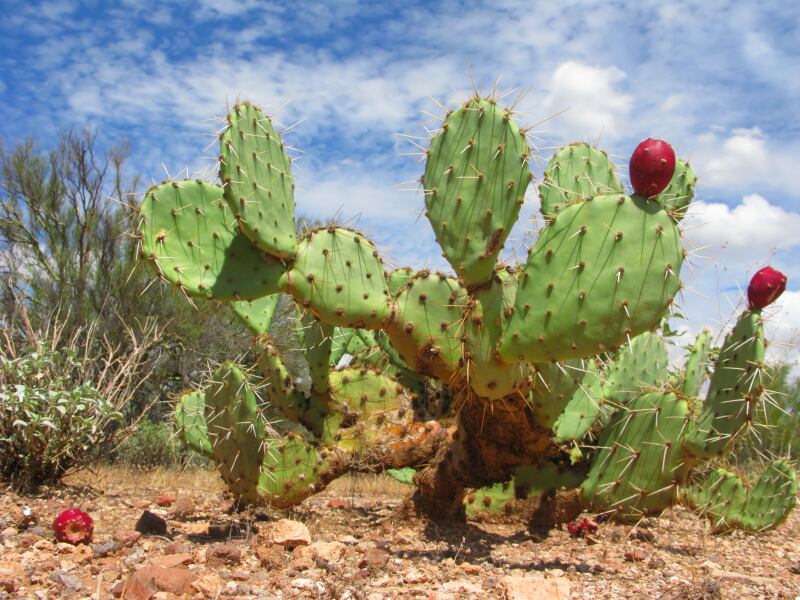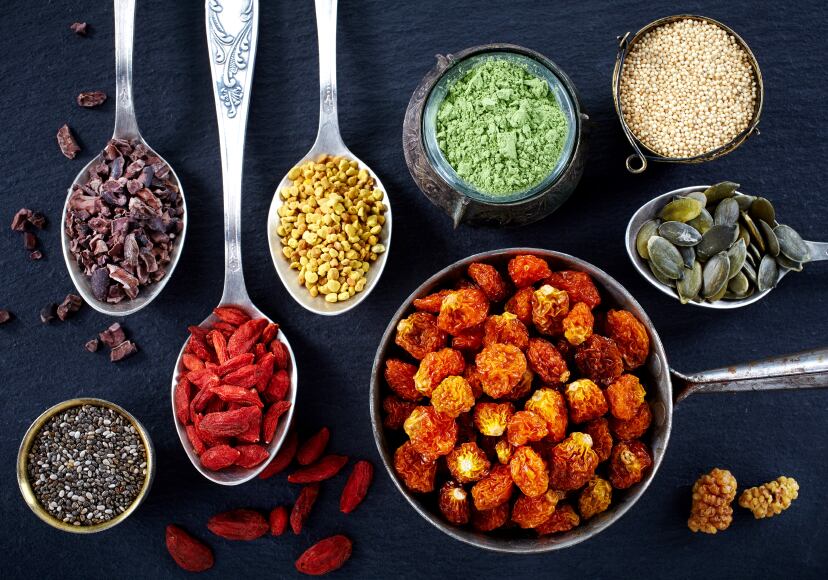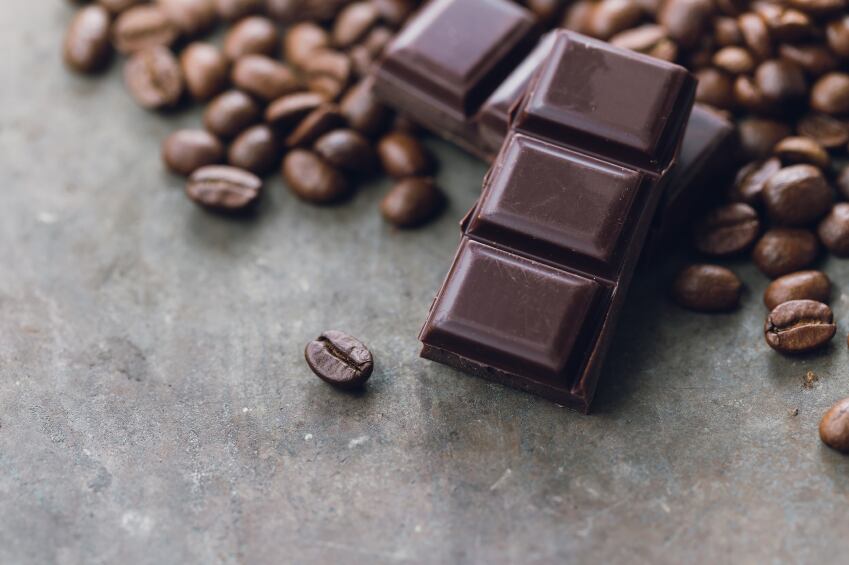“In a world cluttered with advice and pressure around what not to eat, we want to provide people with more food choices to empower positive change,” reads the Future 50 Foods report. “Swapping staples like maize and white rice for fonio or spelt increases the nutrient content of a dish while contributing to greater agrobiodiversity, making our food supply more resilient.”
Knorr and WWF, the environmental NGO, partnered with Dr Adam Drewnowski, director of the Center for Public Health Nutrition at the University of Washington, to come up with 50 plant-based foods that the world needs to eat more of. Some are familiar, but under-consumed – like lentils, wild rice and kale – whilst others – such as, fonio, pumpkin flowers and cactus – might leave western consumers scratching their heads.
However, each food on the list has been carefully selected based on its nutritional value, relative environmental impact, flavour, acceptability and potential accessibility and affordability (criteria based on the Food and Agricultural Organization’s definition of “sustainable diets”). This was a thorough analysis.

Fruits, for example, weren’t included due to their higher sugar and calorie content (in general compared to vegetables), whilst herbs and spices are not eaten in significant quantities. The experts then used the nutrient rich foods index 15.3 to assess the nutritional value of each “candidate” and were left with 170 foods. Those with higher NRF scores were given priority throughout the selection process.
That long list was then evaluated (in detail) for environmental impact: some have higher yields than similar foods and several are tolerant of challenging weather and environmental conditions, meaning they could be invaluable as the climate changes.
Next, chefs, marketers and product developers from across the world were consulted on taste, availability, affordability and “ability to add variety to recipes”. The final step was to ensure the foods were distributed evenly across food groups, colours, production countries, and level of familiarity.
And that left 50 foods: 13 cereals, grains and tubers, 12 beans, legumes and spouts, 18 vegetables, three mushrooms and four nuts and seeds.
From familiar favourites to exotic experiences
The list is a mixture of the familiar and the foreign.
Bambara groundnuts boast an “impressive nutrient profile”, and can also fix nitrogen from the air, reducing reliance on fertilisers. They can be boiled, roasted, fried or milled into a fine flour. Cowpeas, meanwhile, are drought-hardy and heat-tolerant, and make “hearty, thick soup”, whilst their leaves can be eaten like other leafy greens.
Another unusual entry is morigna. Also called the drumstick, horseradish or even “miracle” tree, it is fast-growing and drought resistant. When cooked, the leaves are an ideal replacement for other leafy green vegetables, whilst the flowers can be added to salads, fried as a snack, or used to make tea.

Consumption of cacti also needs to increase, said Knorr. With substantial amounts of vitamins C and E, carotenoids, fibre and amino acids, the young stem segments have long been part of Mexican cuisine. Some, like nopales – also known as the prickly pear or pear cactus – might even help with weight loss, given their low calorie and high fibre contents (though this is not yet proven).
The list also has some more familiar western choices, including mushrooms, walnuts, flax seeds and chickpeas. However, Knorr suggested the nutritional benefits of chickpeas and kidney beans can be enhanced by allowing them to sprout. “Chickpeas are one of the easiest beans to sprout. Doing so neutralises the phytic acid and allows the body to better absorb the nutrients, such as calcium, magnesium and zinc,” the report noted. This can take three to four days, so might be beyond the average, time-pressed consumer.
Indeed, Knorr is well aware that the shift to more sustainable diets won’t happen overnight. One of the biggest challenges is to diversify the food eaten – according to the FAO, for instance, there are between 20,000 and 50,000 discovered edible plant species, of which only 150 to 200 are regularly consumed by humans. “Seventy-five per cent of what the world eats comes from just twelve crops and five animal species,” explained April Redmond, Knorr’s global VP.
Knorr has had 280 chefs from around the world experimenting with the 50 foods for the last nine months, with new recipes set to appear online, on pack and in stores. Almost half of the foods are in the Knorr supply chain already and featured in products, for example the recently launched mini meals and meal kits in the US and EU.


